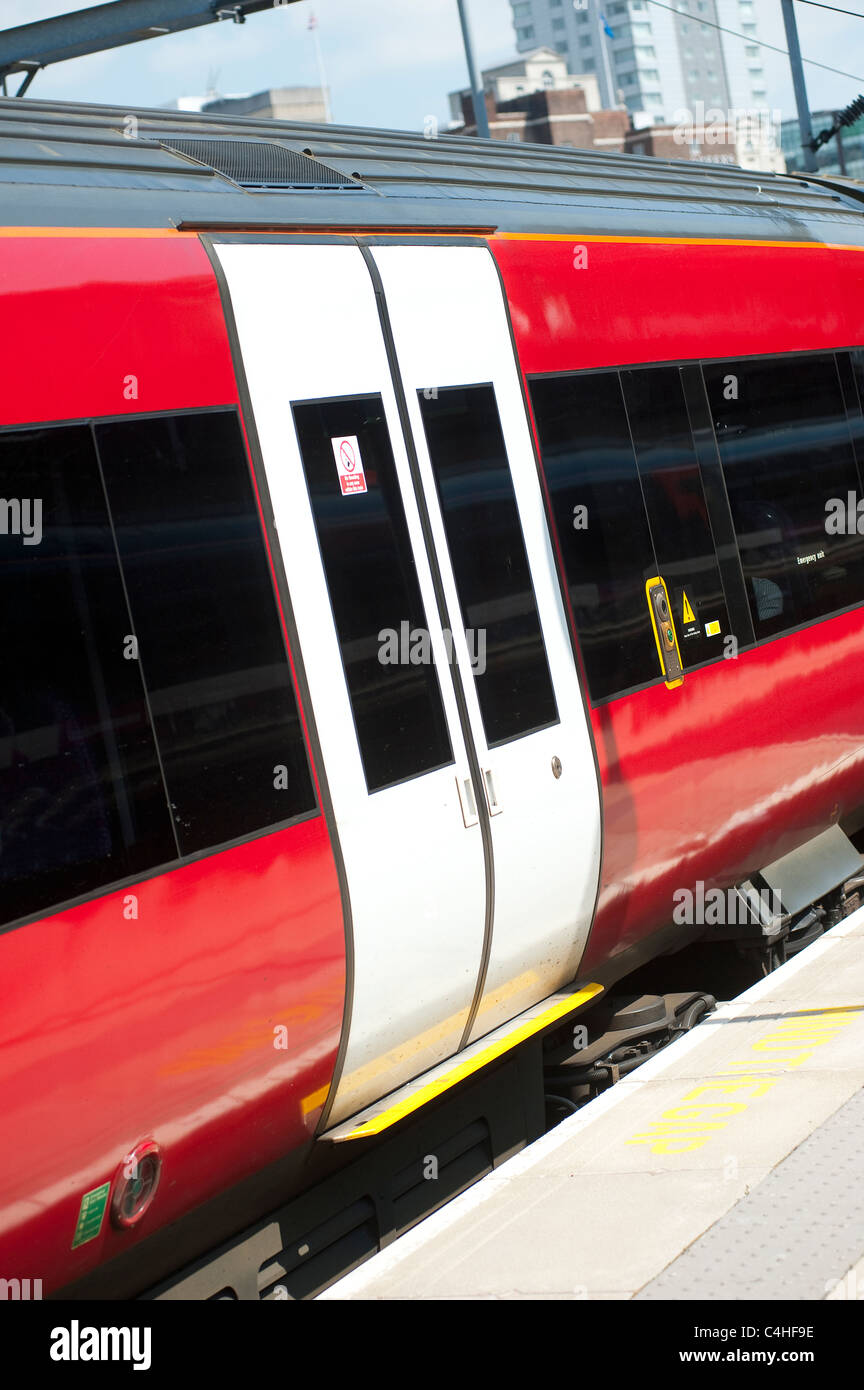A lift door, referred to above, is opened with a button.
I suggest that the button on a lift is much more associated with summoning the lift than opening or closing the doors, which is usually automatic.
The incident in post #2 raises more questions than it answers. Why were the train doors closed two minutes before departure? Why were some doors open and others closed? Why did the closing doors not re-open when the customer's wrist became trapped? Why was the train able to move with a door which wasn't closed? I'd have thought that an industry which rightly commends itself on its safety record wouldn't have allowed this incident to be possible.
There are two things which concern me about train doors. Firstly, there seems to be a tendency for modern train doors to close automatically on a timeout, independent on each door, while the train is at a terminus. This results in the situation which started the above incident: the customer found that the first doors she encountered were closed but knew that the train wasn't yet due to depart so she looked further down the train. Despite the scorn shown by some in this thread, occasional travellers may not know that it's sometimes necessary to open the door. I do not consider myself to be stupid but I have walked past closed train doors. Only when I saw other customers inside did I understand that I should open the door.
Having some doors closed and some open or, even worse, all doors of a train which is not about to depart closed is confusing. I'd like to see all doors of a train at a terminus open until the train is ready to depart. This would avoid the incident above and provide a comforting, "yes this is your train, welcome aboard!" feeling rather than the present "my doors are closed: go away". This is the approach taken on LU and LO trains, which also open and close all doors at every station automatically* so there's no doubt whether it's safe to board.
On a more serious note, it would also mean that customers would understand that a train with closed doors should not be boarded.
Secondly, I'd like to see consistency of the internal door button arrangement. Most trains have the open and close buttons arranged vertically, but some have the "open" on top while others have the "close" on top. And why is there a close button anyway?
On an amusing note, and I don't know if it's the same elsewhere, the SWT 450s RDG-WAT have a "feature". When a train stops at a station, the guard unlocks the doors, people press the "open" button and leave the train. A second or so later there's a loud bleeping and an automated announcement says: "The door buttons are now activated"

.
Personally I prefer manual doors. Those with the bow-tie shaped handle were really nice. Intuitive, easy to open and close, easy to see when the door was open, you knew it wasn't going to close as you approached, and it was quick to depart from the train because you didn't have to wait for the train to stop. The HSTs are nearly as good but for the locks

.
* Yes, I know it's not really automatic. You know what I mean.



 .
.